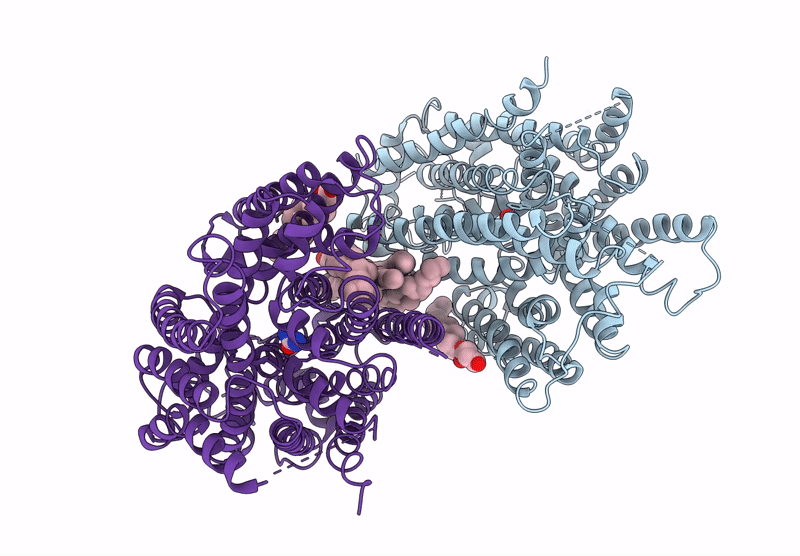
Deposition Date
2024-08-18
Release Date
2025-05-07
Last Version Date
2025-05-07
Entry Detail
PDB ID:
9J7C
Keywords:
Title:
Arabidopsis high-affinity urea transport DUR3 in the urea-bound occluded conformation, dimeric state
Biological Source:
Source Organism:
Arabidopsis thaliana (Taxon ID: 3702)
Host Organism:
Method Details:
Experimental Method:
Resolution:
3.00 Å
Aggregation State:
PARTICLE
Reconstruction Method:
SINGLE PARTICLE


